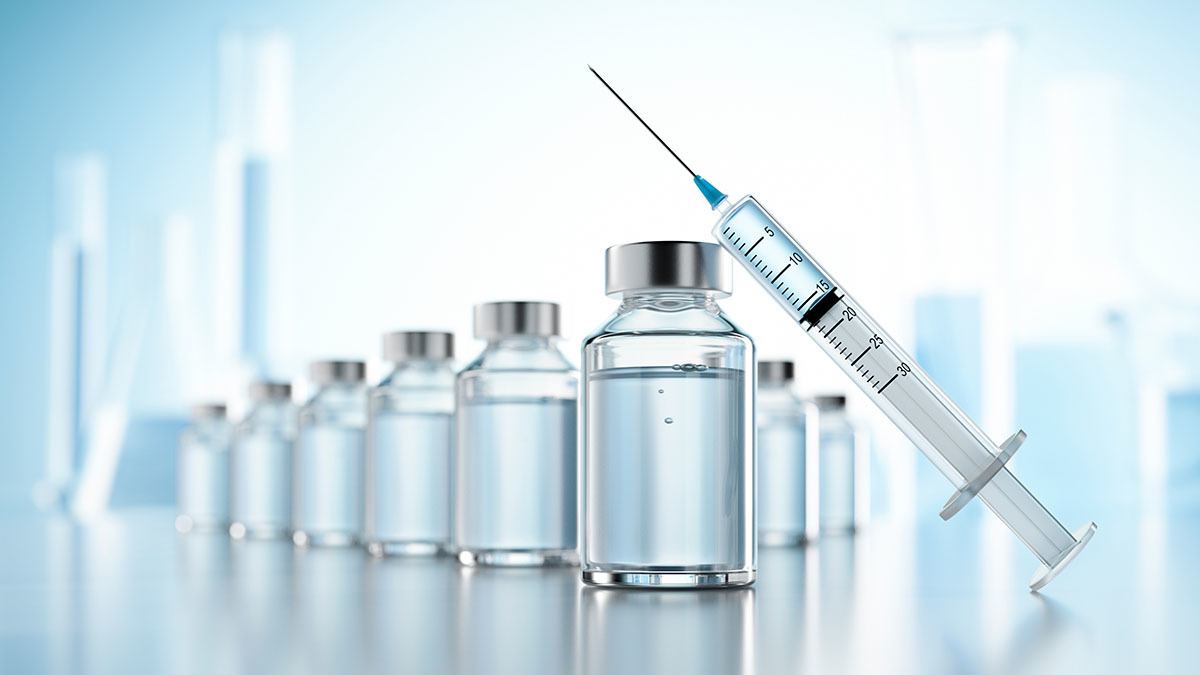USP Ester Extractables Testing
The United States Pharmacopoeia (USP) Ester Extractables Testing is a critical component in ensuring the quality, safety, and efficacy of pharmaceutical products. This testing ensures that any chemicals or substances extracted from packaging materials do not migrate into the drug product during storage or use. The primary goal is to prevent contamination with potentially harmful compounds.
The USP Ester Extractables Testing focuses on esters, which are organic compounds commonly found in plasticizers and other components used in pharmaceutical packaging. Esters can be leached out of these materials under certain conditions, particularly during storage or use, leading to potential risks if they enter the drug product.
During this testing process, various methods such as Soxhlet extraction are employed to simulate real-world scenarios where esters might be released from packaging into the drug. The extracted compounds are then analyzed using techniques like GC-MS (Gas Chromatography-Mass Spectrometry) for accurate identification and quantification.
The testing covers a wide range of packaging materials, including plastics, rubber components, and coatings used in blister packs, vials, and other containers. The results help pharmaceutical manufacturers ensure compliance with regulatory standards set forth by the USP and other relevant authorities worldwide.
Understanding the extractables profile is crucial for ensuring drug product integrity. By identifying all possible leachable substances early in the development process, companies can make informed decisions about material selection and formulation adjustments to minimize risks associated with ester migration into pharmaceutical products.
Scope and Methodology
The USP Ester Extractables Testing encompasses a comprehensive approach that includes sample preparation, extraction procedures, analysis methods, and reporting. Here’s an overview of the key components involved:
- Sample Preparation: The packaging materials undergo thorough cleaning before being cut into small pieces suitable for extraction.
- Extraction Process: A Soxhlet extractor is used to simulate conditions under which esters could be released from the packaging. This process involves immersing the prepared samples in solvents like methanol or ethanol, allowing them to soak overnight.
- Analysis Techniques: After extraction, the solvent containing the extracted compounds is concentrated and analyzed using GC-MS. This technique provides detailed information about the chemical composition of the extracts.
The results from these tests are meticulously documented according to USP guidelines, ensuring that all relevant data points are captured accurately. These records form part of the overall dossier submitted during regulatory reviews.
Benefits
- Enhanced Product Safety: By identifying and quantifying esters that may leach into pharmaceutical products, this testing ensures higher standards of safety for consumers.
- Compliance Assurance: Pharmaceutical companies can demonstrate adherence to stringent regulatory requirements set by USP, enhancing their reputation among regulators and stakeholders.
Why Choose This Test
- Regulatory Compliance: Ensures that the packaging materials meet strict regulatory standards established by USP, minimizing legal risks associated with non-compliance.
- Risk Mitigation: Early detection of potential issues helps in implementing corrective actions promptly, thereby reducing long-term costs and reputational damage.





